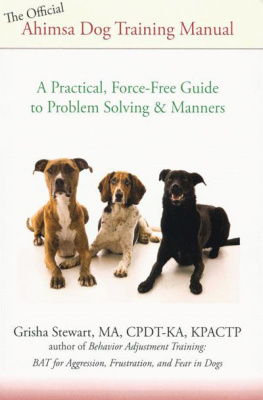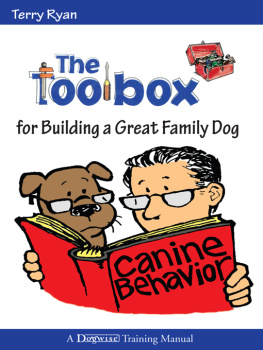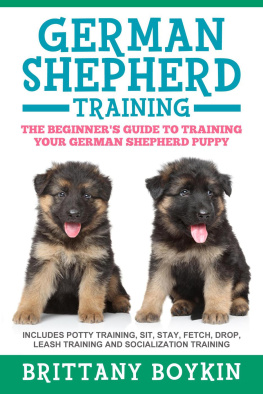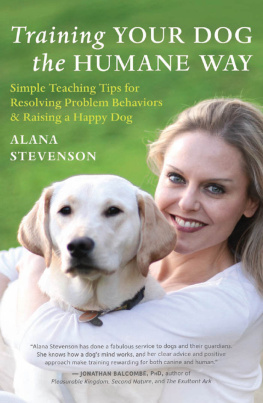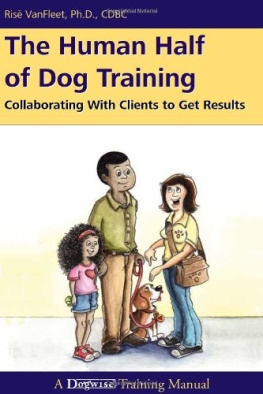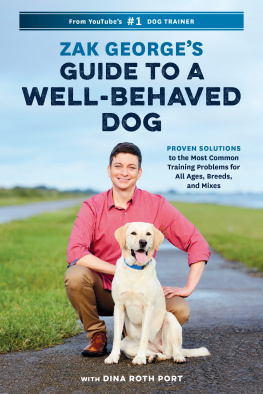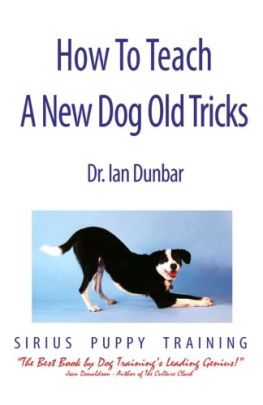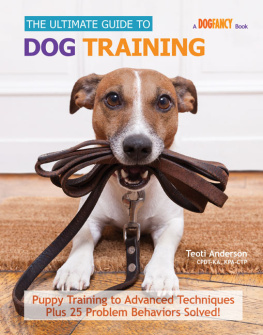Grisha Stewart - The Official Ahimsa Dog Training Manual: A Practical, Force-free Guide to Problem Solving and Manners
Here you can read online Grisha Stewart - The Official Ahimsa Dog Training Manual: A Practical, Force-free Guide to Problem Solving and Manners full text of the book (entire story) in english for free. Download pdf and epub, get meaning, cover and reviews about this ebook. year: 2012, publisher: CreateSpace, genre: Romance novel. Description of the work, (preface) as well as reviews are available. Best literature library LitArk.com created for fans of good reading and offers a wide selection of genres:
Romance novel
Science fiction
Adventure
Detective
Science
History
Home and family
Prose
Art
Politics
Computer
Non-fiction
Religion
Business
Children
Humor
Choose a favorite category and find really read worthwhile books. Enjoy immersion in the world of imagination, feel the emotions of the characters or learn something new for yourself, make an fascinating discovery.
- Book:The Official Ahimsa Dog Training Manual: A Practical, Force-free Guide to Problem Solving and Manners
- Author:
- Publisher:CreateSpace
- Genre:
- Year:2012
- Rating:3 / 5
- Favourites:Add to favourites
- Your mark:
The Official Ahimsa Dog Training Manual: A Practical, Force-free Guide to Problem Solving and Manners: summary, description and annotation
We offer to read an annotation, description, summary or preface (depends on what the author of the book "The Official Ahimsa Dog Training Manual: A Practical, Force-free Guide to Problem Solving and Manners" wrote himself). If you haven't found the necessary information about the book — write in the comments, we will try to find it.
Ahimsa uh-HIM-sah n. a Buddhist doctrine of non-violence. Add in a fun, modern, scientific approach and youve got a great way to train your dog! Dog Lovers: Learn to solve and prevent a variety of problems, including barking, fear, puppy socialization, housetraining, aggression, fear, separation anxiety, and pulling on leash. Pro Trainers: Get more ways to teach skills and solve problems. Save time on write-ups by using this book as an in-home reference for your clients. Breeders and veterinarians: Send puppies home with this book to start them off on the right paw. This 108-page book is an introduction to dog training that started as the companion exercises for Ahimsa Dog Training classes in Seattle. It has practical exercises that start from a basic level and work up through advanced work on the most important behaviors for dogs to know. This quick manual is helpful for dog trainers to use with clients or new ideas for exercises and for breeders to share with new puppy parents. Includes info on how dogs learn, clicker training, how to get rid of bad behaviors (puppy biting, fear/aggression, separation anxiety, etc.), and how to teach good behaviors, like coming when called, the name, watch, relaxation, sit, down, stay, wait, touch, walking on leash, give, go to your bed, and more!
Grisha Stewart: author's other books
Who wrote The Official Ahimsa Dog Training Manual: A Practical, Force-free Guide to Problem Solving and Manners? Find out the surname, the name of the author of the book and a list of all author's works by series.

